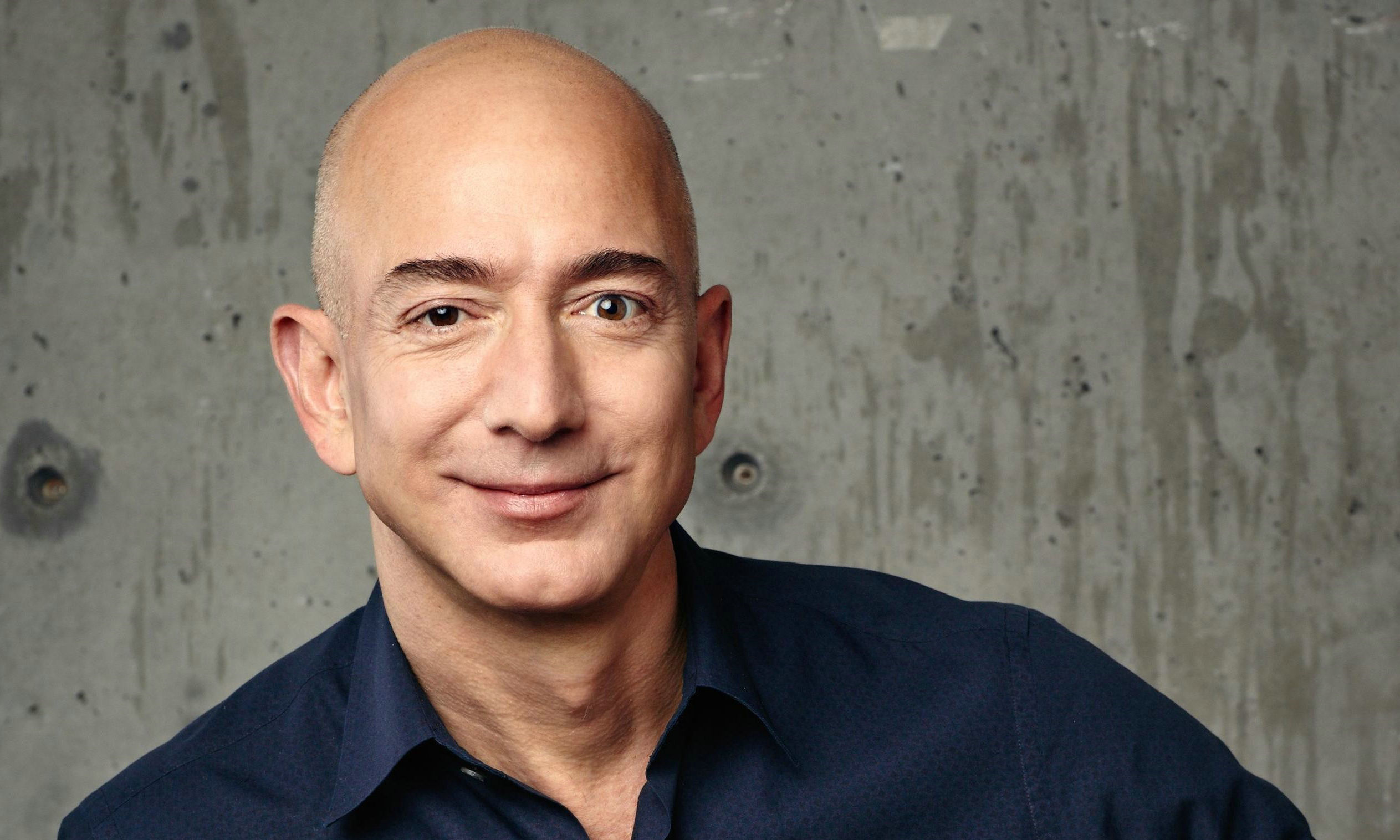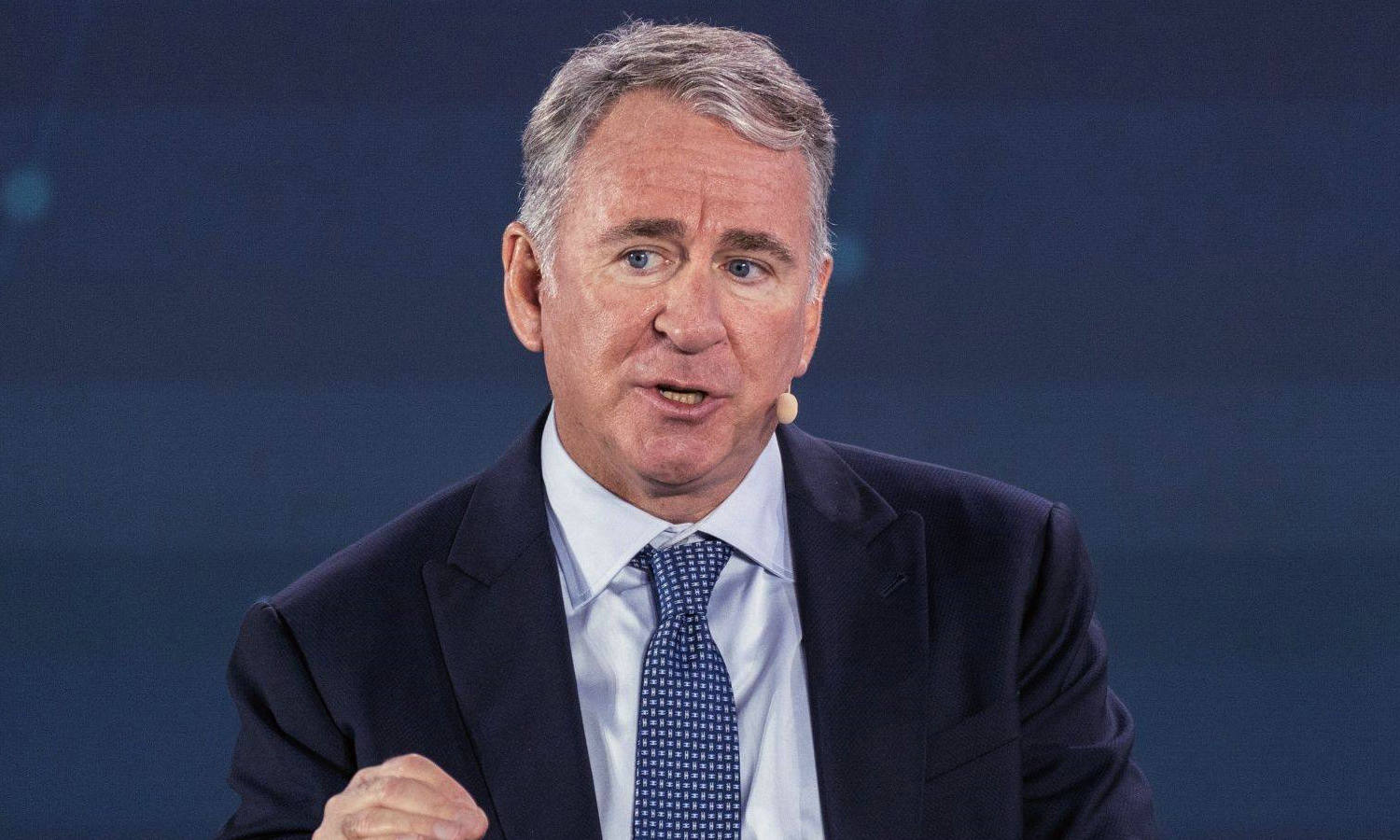In the vast expanse of the financial cosmos, there shines a luminous star, illuminating new paths for the industry with his extraordinary wisdom, acute insight, and relentless spirit of innovation. This legendary figure is Ken Griffin, founder and CEO of Citadel, who embarked on his journey from a Harvard dorm room and now helms an investment behemoth managing hundreds of billions in assets.
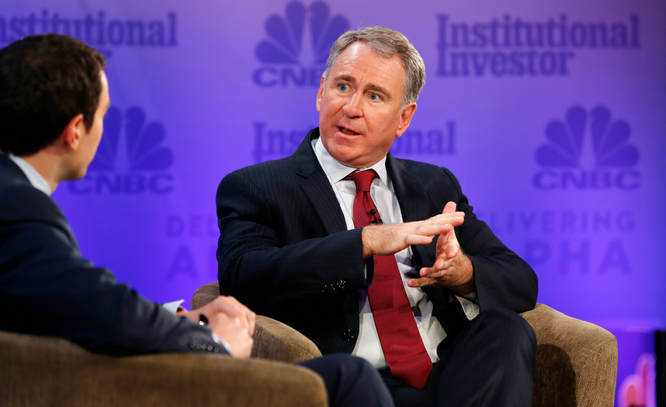
[Opening: Dreams Set Sail Amidst Dim Light]
Autumn 1986 welcomed at Harvard's hallowed grounds a fresh-faced undergraduate, Ken Griffin, brimming with curiosity for what lay ahead. Unbeknownst to him, his dormitory would soon become the launchpad for an unconventional odyssey. Griffin, passionate about finance, believed technology could pierce through market fog to uncover hidden opportunities. In an era sans smartphones and limited internet access, an outdated computer and a telephone line marked the inception of his ambitious dream.
The Black Monday crash of 1987 rattled global markets, yet for Griffin, it presented both crisis and opportunity. Utilizing his scholarship funds, he procured an IBM-compatible computer and initiated trading from his dorm. Amidst scarce resources and skepticism, Griffin steadfastly pursued his vision, tirelessly studying market dynamics and crafting trading algorithms. His dorm transformed into a makeshift laboratory where every line of optimized code and each trade attempt was a testament to his unyielding pursuit of financial dreams.
"In chaos, where others see disorder, I saw order." This quote encapsulates Griffin's early entrepreneurial mindset. In an era of opacity and primitive technology, his prescient insights and sharp data analysis revealed market patterns, demonstrating that innovation and perseverance could carve out a niche even in the toughest environments.
In 1990, Griffin formally established Citadel, a team of four with Wall Street aspirations. Leveraging sophisticated quantitative analysis, they executed precise strategies, swiftly gaining industry recognition. Griffin's tale became a Harvard and nationwide entrepreneurial legend, evidencing not only individual talent but also an embrace of the transformative fusion of technology and finance, reshaping the game.
Griffin's journey not only generated immense economic value but also set a precedent for future fintech pioneers. Emphasizing education, particularly in mathematics, computer science, and innovative thinking, Griffin’s philanthropic contributions towards education underscore his commitment to fostering opportunities for aspiring minds.
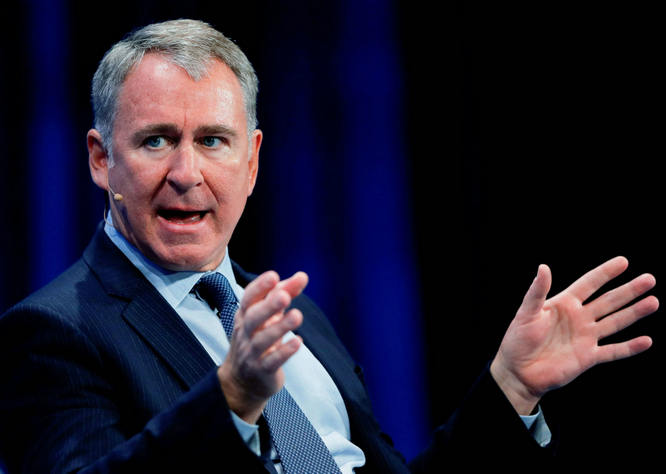
[Growth Path: Challenges & Breakthroughs]
In 1990, the U.S. economy languished under recessionary clouds further darkened by the Gulf War. Citadel, nascent and vulnerable, faced a less than ideal environment. Yet, these trying times ignited Griffin's indomitable spirit and profound market acumen.
"Time is often the greatest adversary on the startup journey," Griffin once mused. Citadel's fragile finances demanded austerity measures amidst market turmoil and tough fundraising. Griffin made difficult choices—layoffs, cost-cutting—while maintaining team morale and operational stability, a testament to his leadership and the company's resilience.
With conventional strategies faltering, Griffin demonstrated visionary foresight, pivoting Citadel towards quantitative investing. It was a bold gamble, but he believed data and algorithms would navigate market uncertainties. Griffin led his team in developing trading models, meticulously analyzing data to pinpoint market fluctuations for precision trades. This strategic shift not only stabilized Citadel during crises but also laid the groundwork for its eventual ascendancy.
In 1994, Citadel capitalized on bond market volatility, leveraging its advanced systems to predict and capitalize on opportunities, yielding substantial profits. This triumph validated Griffin's conviction in quantitative strategies, attracting capital and facilitating expansion.
Griffin’s words, "What matters most in adversity is not how many times you fall, but whether you rise each time," resonate deeply with his experiences in 1990. Through challenges, he honed his resolve and capabilities, turning Citadel into a formidable force amidst financial storms.
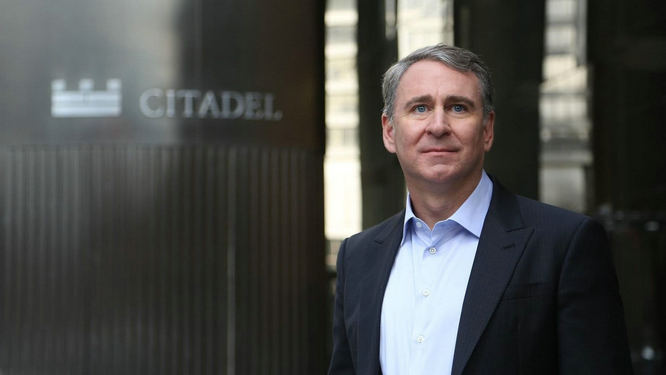
[Case Analysis: Opportunities in Crisis]
"At the craziest time in the market, keeping calm is more important than ever." This famous saying by Ken Griffin has been deeply rooted in the culture of Citadel long before the 2008 financial crisis. When the credit bubble expanded to its peak and the market was immersed in false prosperity, Griffin sensed the danger and began to take precautions, strengthening the company's risk management system and reducing the exposure of high-risk assets, building the first line of defense for the upcoming storm.
With the collapse of Lehman Brothers, the global financial market fell into panic, and Citadel was not spared, encountering the most severe test since its establishment. Assets shrank significantly, the hedge fund business was severely damaged, and doubts from the outside world rose one after another. However, it was in such adversity that Ken Griffin showed his tenacity and decisiveness as a leader. He personally went into action, deeply analyzed the market, adjusted strategies, and actively communicated with investors to stabilize people's hearts.
Facing the crisis, Ken Griffin did not choose conservative defense, but with his keen market insight, he implemented a series of precise layouts. He increased investment in the bond market, especially in government-backed mortgage-backed securities, which recovered in value due to the government's bailout policy in the later stages of the crisis. In addition, Citadel also took advantage of the low price to absorb some high-quality assets, such as the asset management department of investment banks. These decisions were later proved to be extremely forward-looking.
"Finding order in chaos is the greatest opportunity in the financial field." Griffin's words became the guide for Citadel's actions in the crisis. They not only accumulated valuable assets at the bottom of the market, but also through this crisis, consolidated Citadel's leading position in the field of quantitative investment, demonstrating its strong market adaptability and innovative spirit.
After experiencing the baptism of 2008, Citadel not only successfully withstood the impact of the financial storm, but also achieved a phoenix nirvana after the crisis. The company's asset scale quickly recovered and exceeded the pre-crisis level, and the managed asset scale increased from about 10 billion US dollars in 2008 to more than 50 billion US dollars currently (according to the latest available data). Ken Griffin proved to the world through this crisis that in the rough seas of finance, the correct strategy, firm execution, and insight into the future are the only way to success.
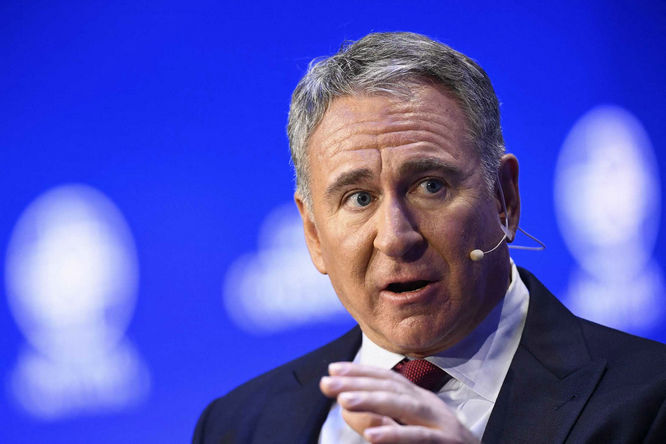
[Social Contribution and Impact]
"In the winter of finance, the warmth of humanity is particularly important." Ken Griffin said so. In 2008, when the market was full of wailing and confidence dropped to the freezing point, while Griffin was busy stabilizing Citadel, he did not forget to look back at society and think about the role of individuals and enterprises. He believes that true success is not only the accumulation of wealth, but also how to use these resources to create a positive impact on society, especially in the most difficult times.
Knowing well that education is the key to changing fate, Griffin increased investment in the educational field after 2008. In 2014, he donated 150 million US dollars to Harvard University, which is one of the largest single donations in Harvard's history, aiming to support economic aid projects and ensure that students from different backgrounds can obtain high-quality educational resources. In the same year, he also donated 10 million US dollars to the Chicago Public Schools to boost the development of STEM (Science, Technology, Engineering, and Mathematics) education, igniting the scientific dreams in the hearts of countless teenagers.
In addition to education, Griffin also knows the importance of art and culture to the social spirit. In 2013, he donated 19 million US dollars to the Art Institute of Chicago for the construction of a new modern and contemporary art wing. This move not only enhanced Chicago's artistic status but also provided the public with a platform to access world-class artworks. His generosity is a direct contribution to the social spiritual and cultural life and a strong support for urban rejuvenation.
"The true leadership is manifested when others only see problems, you can see solutions; when others only feel fear, you can convey hope." Griffin's words are the best annotation of his attitude towards social responsibility. In the aftermath of the 2008 crisis, he did not just stop at verbal appeals but showed the responsibility and commitment of corporate citizens through practical actions.
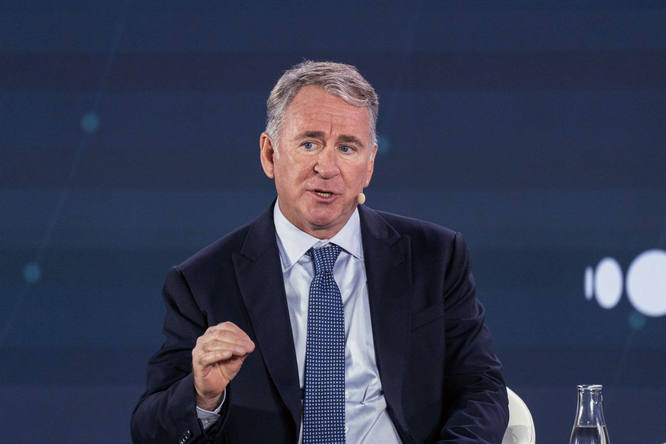
[Conclusion: Outlook for the Future]
Under the leadership of Ken Griffin, Citadel continues to play a vital role in the global financial market. His story is the best interpretation of dreams and perseverance and the highest tribute to wisdom and courage. Just as Griffin said, "We always stand at the edge of the unknown, but it is this uncertainty that breeds infinite possibilities." For the future, Ken Griffin and his Citadel will undoubtedly continue to explore the unknown, create more miracles, and lead the trend of financial innovation.
Through vivid story-telling, specific case analysis, authoritative data support, and Ken Griffin's own profound insights, this article not only shows his personal brilliant achievements but also deeply explores the logic and wisdom behind success, striving to present a three-dimensional, vivid, and in-depth image of a financial leader to readers.
